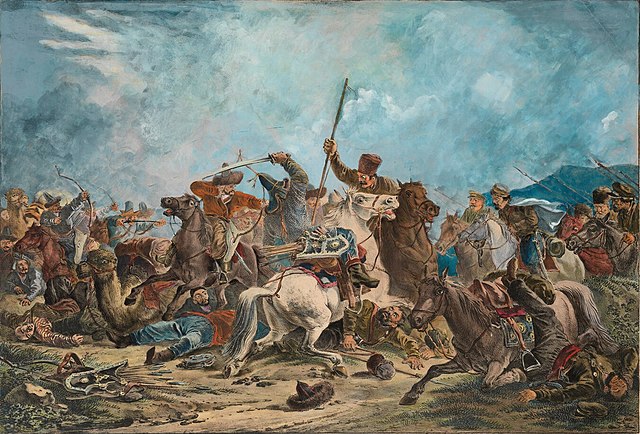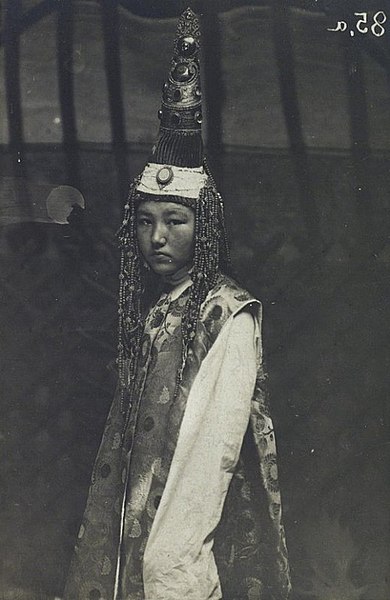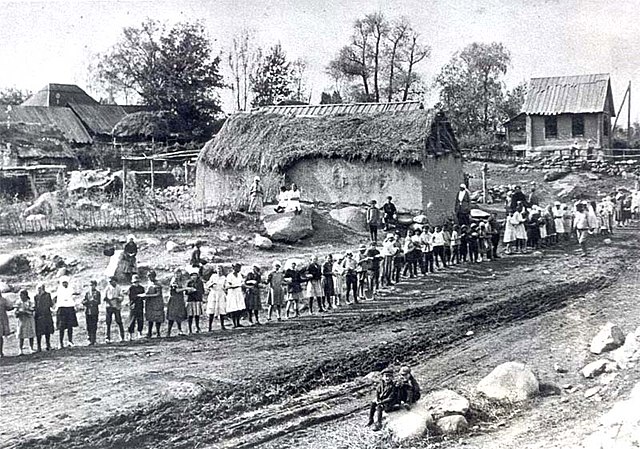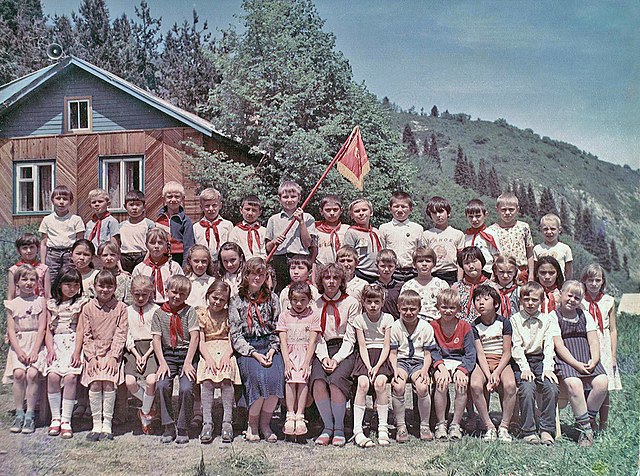Petropavl ; Russian: Петропавловск, romanized: Petropavlovsk) is a city on the Ishim River in northern Kazakhstan close to the border with Russia. It is the capital of the North Kazakhstan Region. Population: 218,956. The city is also known colloquially in Kazakh as Qyzyljar.
Petropavl
Railway station in Petropavl
Kazakhstan, officially the Republic of Kazakhstan, is a landlocked country mostly in Central Asia, with a part in Eastern Europe. It borders Russia to the north and west, China to the east, Kyrgyzstan to the southeast, Uzbekistan to the south, and Turkmenistan to the southwest, with a coastline along the Caspian Sea. Its capital is Astana, while the largest city and leading cultural and commercial hub is Almaty. Kazakhstan is the world's ninth-largest country by land area and the largest landlocked country. It has a population of 20 million and one of the lowest population densities in the world, at fewer than 6 people per square kilometre. Ethnic Kazakhs constitute a majority, while ethnic Russians form a significant minority. Officially secular, Kazakhstan is a Muslim-majority country, although ethnic Russians in the country form a sizeable Christian community.
Ural Cossacks skirmish with Kazakhs
Kazakh woman in wedding clothes, 19th century
Stanitsa Sofiiskaya, Talgar, 1920s
Young Pioneers at a Young Pioneer camp in the Kazakh SSR






